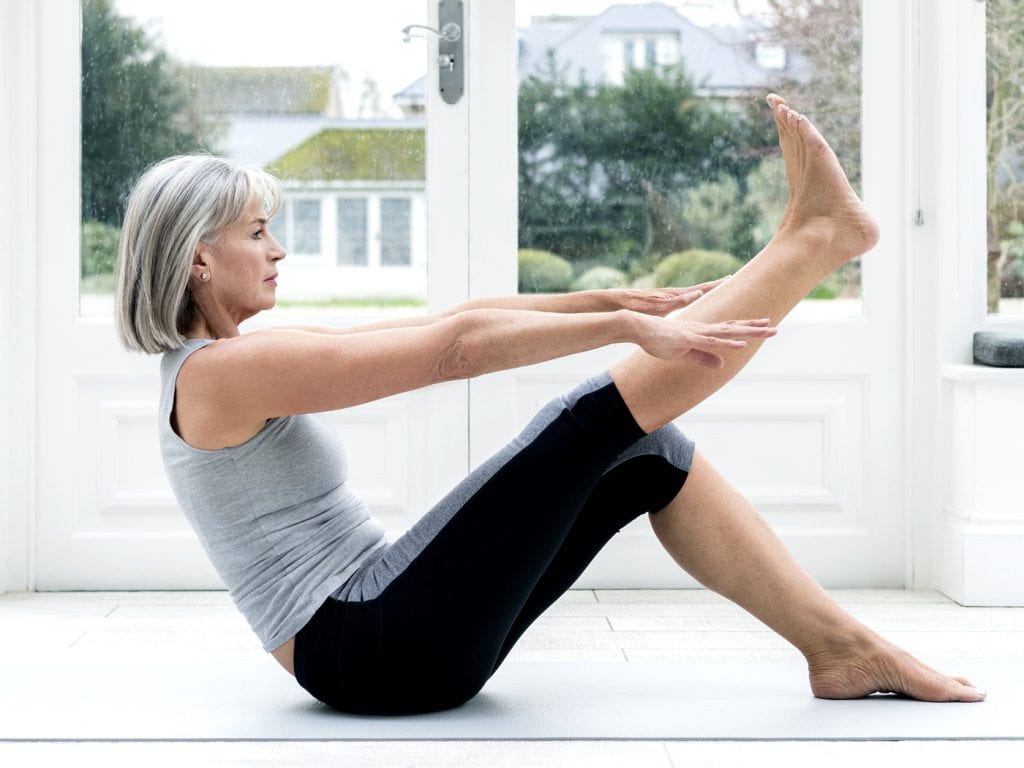The natural process of aging results in a steady decline in our physiology over the decades. Seniors experience a degradation in the health of their skeletal and muscular systems as protein synthesis wanes. Diseases such as osteoporosis and spondylosis reduce bone density, affecting strength and mobility. It’s critical for seniors to remain as active as possible as they enter their twilight years. Regular exercise combats the effect of the aging process on the body. Implementing the following exercise tips for seniors will improve your quality of life as you age.
1. Mobility Exercises
This form of training focuses on moving the joints through a full range of motion. Mobility is the most crucial aspect of exercise for seniors and should form the foundation of your training. Keeping your muscles and ligaments supple is your top priority.
Search online for exercise tips for seniors and mobility drills and work out a program that focusses on your neck, shoulders, spine hips, and knees.
2. Balance Training
Seniors are prone to slip-and-falls. Balance training helps you control your body and limbs during spatial movements. Practice standing on one foot whenever you get the chance. This strategy will increase your balance and prevent you from stumbling or trips. Keep a medical alert device on you at all times in case you fall.
3. Cardiovascular Fitness
Circulation declines as we age. Therefore, it’s critical that you raise your heart rate into a working range at least three times a week to promote cardiovascular health.
4. Strength Training
Keep your muscular system strong to prevent accidents such as falls. Focus strength training on compound movements of the back and legs. Exercises such as squats and deadlifts work every other muscle group in your body, as you go through a full range of motion with the movement.
5. Walking
Taking a walk around the block is the easiest way to start an exercise regimen. Start with a small goal of making it to the end of your street and then extend the distance as you get accustomed to the effort. Walking keep’s your limbs active and improves mobility.
6. Water Sports
If you live in a warm part of the country and have a pool in your yard, watersports are an excellent way to improve your physical health. Swimming places minimal stress on your joints as there is no load to bear in any movement.
7. Yoga and Tai Chi Chuan
These forms of moving meditation are excellent for improving mobility while keeping your muscles and ligaments supple and healthy. Look online for yoga or Tai Chi Chuan routines. Focus on your breathing and your form during the movement.
8. Getting Started
Getting started is always the toughest part of any new exercise routine. Visit your doctor and consult with them about any exercises you should avoid. Draw up an exercise program or have a professional sports therapist do it for you. Commit to your training and throw away procrastination.
9. Listen to Your Body
Don’t push yourself too far. Overdoing it with your exercise routine exposes you to injury. Start small and set realistic goals for yourself. Create a journal and write down your daily progress.
10. Recovery is Critical
Recovery is the most crucial part of training, especially for seniors. If you feel like you need an extra day to recover from your stiff and sore muscles, then listen to your body and take a break. The recovery phase requires adequate nutrition and supplementation to refuel your body from the stress of exercise.
Wrapping Up – Persistence Pays Off
Building and executing exercise tips for seniors takes commitment and persistence. You should see results within the first two weeks of starting. However, many seniors fail to make it this far and decide to quit. Persist through the tough stages in the beginning, and soon you’ll engrain your routine as a habit and look forward to your exercise sessions.








